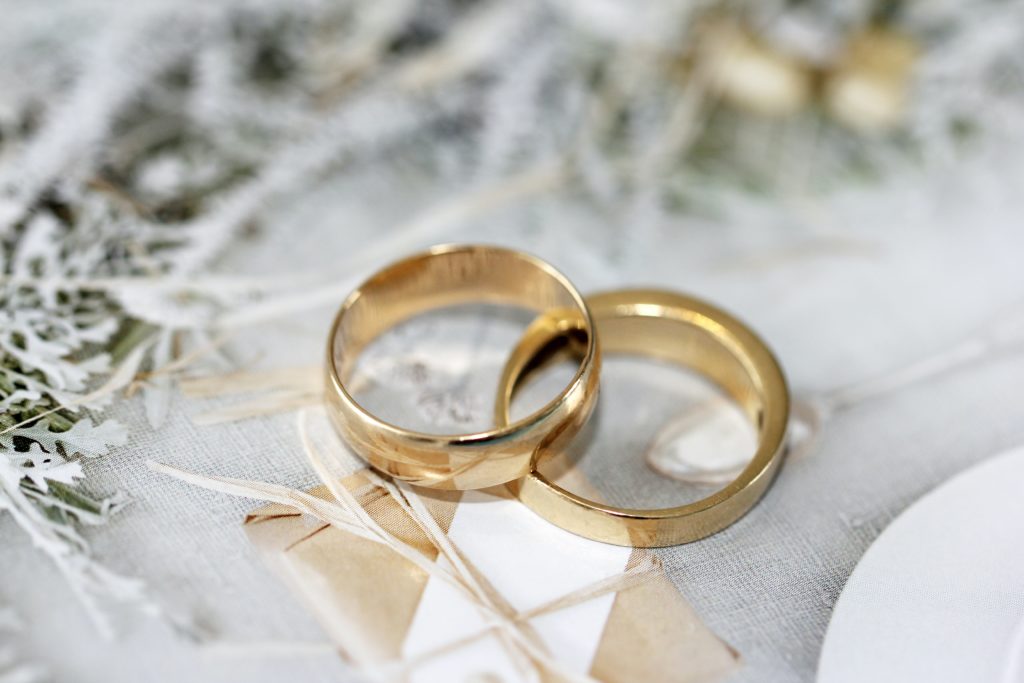Pocahontas was heartbroken over the loss of John Smith. She believed the colonists’ lie that the gallant captain, who had been the friend of her heart, died on the way back to England for medical treatment.
Before the deterioration in relations between the Powhatan/Algonquian people and the colonists, Pocahontas had been a frequent visitor to Jamestown. After the reported death of Smith, she disappeared from their lives for four years. When she did eventually enter the fort walls again, it was against her will.
In 1610, a year after Smith’s departure, Pocahontas turned 14, the age of maturity in the Powhatan culture. She married a “private captain” named Kocoum. His title indicates he was a leader of warriors. However, he wasn’t a chief or a member of the ruling council, the usual choices for the daughter of a chief, especially the favorite daughter of the supreme chief of all of the Powhatan-allied Indians. Some suggest that this indicates that Pocahontas married for love, and it is believed that Kocoum could have been one of Powhatan’s bodyguards.
We don’t know what happened to Kocoum. But by 1613, Pocahontas was staying with the Patawomeck tribe. Historians suggest that this was Kocoum’s tribe and that he’d brought his wife here at the request of Powhatan to hide her from the English.
Unfortunately, Captain Samuel Argall discovered Pocahontas’s location and devised a plan to kidnap her. Relations between the Powhatan and the colonists had been poor for years, and Argall saw this as his opportunity to force Chief Powhatan to comply with their demands. He persuaded the sub-chief of the Patawomeck village, a tribe connected to the Powhatan, to trick Pocahontas. The sub-chief convinced her to accompany him and his wife onto Argall’s boat for dinner. The next morning the sub-chief and his wife left with a copper pot and some trinkets as a reward, and Pocahontas was locked in the gunner’s room and held prisoner.
Argall sent a note to Chief Powhatan demanding the release of English prisoners, the return of stolen weapons, and shipments of corn. He figured Powhatan would do whatever he asked in order to obtain the release of his daughter. However, in the end, Powhatan only sent part of the ransom.
Pocahontas never returned to her people. Argall brought his hostage to Jamestown but, eventually, moved her to Henrico, a new settlement near present-day Richmond. He placed her in the care of the Rev. Alexander Whitaker who began to teach her Christianity and English customs.
In July 1613, a few months after her capture, she met John Rolfe, the widower who engineered the planting of tobacco in Virginia. By 1614, Rolfe was torn between his desire to marry Pocahontas and his feeling that it would be a sin to marry a “strange woman,” “a non-Christian heathen.” He agonized for weeks about whether to propose.
His prayers were answered and his conflict was resolved when Pocahontas made the decision to follow Christ. She was baptized and changed her name to Rebecca, “the mother of two peoples.” Rolfe married her “for the good of the plantation, the honor of our country, for the glory of God, and my own salvation…” As a romantic, I hope that love was in the mixture, too. Maybe, Rolfe didn’t feel it’d be dignified to say so. And I’m definitely intrigued about his “for my own salvation” statement. Was he implying that he couldn’t contain his passion for her, and he needed to marry her before he sinned?
Big question: What happened to Kocoum? Historians believe he either died before Pocahontas was captured, or that he divorced her after her capture. Divorced was allowed in the Algonquian culture.
Her father approved of her marriage to Rolfe and sent family members to witness the wedding. The marriage of Pocahontas and John Rolfe instituted a new era of peace and good relations between their two peoples. And a baby followed in the coming year.
What about John Smith?
Pocahontas met him again when she and her husband traveled to England in 1616-1617. Smith wrote to Queen Anne about how vital Pocahontas was to the survival of Jamestown, but he didn’t come to visit Pocahontas until she’d been in England for several months. When they did meet again, at last, she was angry with him and overcome with emotion. She reprimanded him for how he’d treated her people and her father. And maybe deeper down was her hurt over him not returning to her.
It was their last meeting. Pocahontas died as she and her husband and young son prepared to set sail back to America.
The story of her courageous and kind heart lives on today: The girl who helped a colony survive. I really wish she had kept a journal so that we could know the journey of her heart.
Sources:
“Pocahontas: Her Life and Legend.” Historic Jamestown. National Park Service. https://www.nps.gov/jame/learn/historyculture/pocahontas-her-life-and-legend.htm#:~:text=After%20her%20capture%2C%20Pocahontas%20was,demands%20immediately%2C%20to%20open%20negotiations.
“Pocahontas.” Jamestown Rediscovery: Historic Jamestown. https://historicjamestowne.org/history/pocahontas/


DISCOVERED–Pocahontas journal.
Famed author of Comanche Lost reveals notes she had surreptitiously kept in the bottom drawer.
I love it!!!
BEAUTIFIL, WONDERFUL AND SAD STORY. SHE WAS A GIRL, WOMAN TO BE ADMIRED AND AN INSPIRATION.
Good story. Sad story.
Yes, I really like the story of Pocohantas, but I feel bad for her.